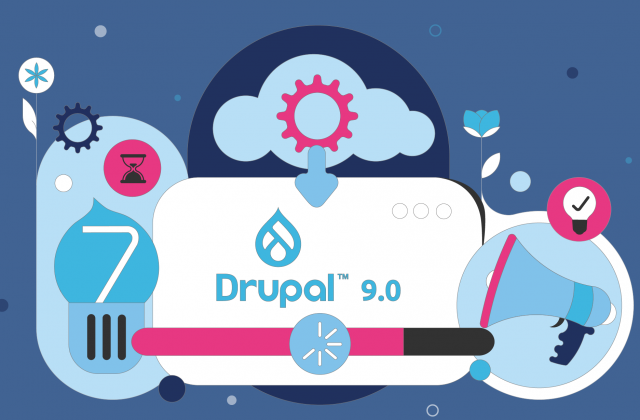Over the past week a video posted on Youtube has sparked a major international relations crisis as well as many incidents of violent unrest around the world – claiming the lives of almost 50 people and injuring many more. Although there is much to discuss in relation to this, there is also plenty of coverage already out there on most of the obvious points. I’d like here to focus on something that is a bit of a side issue for the mainstream press, but represents an interesting angle from a web 2.0 perspective: Youtube analytics.
First of all, a quick summary of the relevant numbers of this controversial video. Considering the multiple versions of the film’s trailer, full length version, and related clips, I’d estimate that the cumulative number of views generated by the clip is in the region of 25-30 million views (over the past week). Considering the continuing attention commanded by the video in various press and media outlets, I expect that this number will be replicated again over the coming week or two – but for now let’s just work with the concrete visits so far registered.
Interestingly, all of these clips on Youtube do not serve adverts, despite the fact that they would certainly meet the definition of ‘virality’ and should have triggered emails from Youtube asking if the video’s owner would like to earn revenue from his video. On the other hand, it is however extremely difficult to think of which of Youtube’s usual purchasers of advertising would like to be associated with the video.
If the videos were serving advertising, we could estimate the income generated by this number of views to be in the region of $90,000 – $300,000 (although dependent on number of clicks etc, Youtube videos normally earn between $3-$10 per 1,000 views). Despite the fact that these figures represent very crude estimates, I think we can safely say that if these videos had been monetised in the usual manner, those who had uploaded them and owned the rights would have made plenty of cash – perhaps even enough to make another film or two.
At the moment it is not clear why this hasn’t been happening – is it because nobody in their right mind would want to buy advertising on such a video, or is it because those uploading the video have chosen to reject Youtube’s revenue? I find the latter hard to believe as there are multiple versions of the film’s crude trailer – none of which have ads enabled. I also find it hard to believe that Youtube would take the decision to suspend advertising on these clips for some sort of moral reasons (i.e. on account of it being immoral to attempt to profit from a video which is at the centre of such serious and violent developments) as they have repeatedly rejected calls to remove it.
Ultimately it is rare for such a politically controversial and inflammatory video to be posted on Youtube – and to legitimately remain there. Usually, such clips are either found on sites like liveleaks (with very little monetisation potential) or, if they are on Youtube, are shortly taken down on account of some sort of breach of copyright or privacy.
Even though this episode is primarily characterised as one motivated by ideological concerns, it does also seem likely that it has unwittingly also created a new model for achieving virality on Youtube (and perhaps the financial rewards that come with it) – with a careful manipulation of controversial and sensitive issues all the while remaining within Youtube’s guidelines on what is permissible. Handling this angle, as well as the many others in play, will represent a serious challenge for Youtube, despite being of secondary relevance and importance to the main debates sparked by the video.



